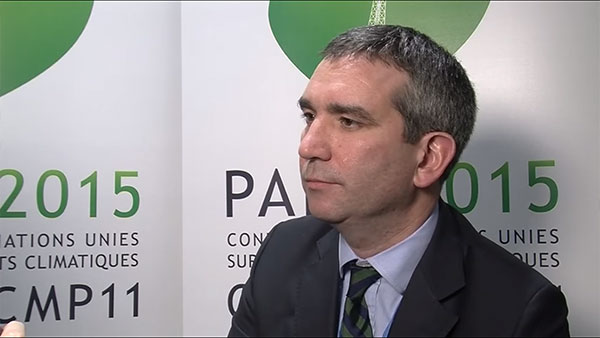
How is the aviation industry responding to climate change?
In 2008, the industry adopted a four-pillar strategy aimed at reducing CO2 emissions. The first three pillars are new technology, improved engine performance and sustainable and alternative fuels. There will also be a number of efforts made to improve the operational measures; we would like to fly more efficiently and make better use of infrastructure both on the ground and in the air. The fourth pillar is the global Market-Based Measure (MBM) for emissions.
How is the industry progressing towards the MBM?
The current round of negotiations on the MBM are an outflow from the Assembly of the International Civil Aviation Organization (ICAO) in 2013. Governments agreed to work on the development of a framework to be adopted at the 2016 Assembly. The most notable aspect of the political discussions is that those who were previously dragging their feet are now totally supportive. We have seen a broad consensus to move forward with the discussions in a productive manner. We are happy with the direction that the debate is moving; the fundamentals and the building blocks look solid.
“Our role is to unite industry and bring together all sides to reach an agreement.”
Michael Gill, Executive Director, Air Transport Action Group (ATAG)
When will the MBM be in place, and what will it entail?
The scheme will be put into place from 2020 onwards. This will be the first time that a global MBM will ever have been agreed and implemented by governments for any sector.
What is ATAG’s role in coordination?
Very little can be achieved without cross-sector commitment from all sides. Our role is to bring together all sides to reach an agreement![]()









